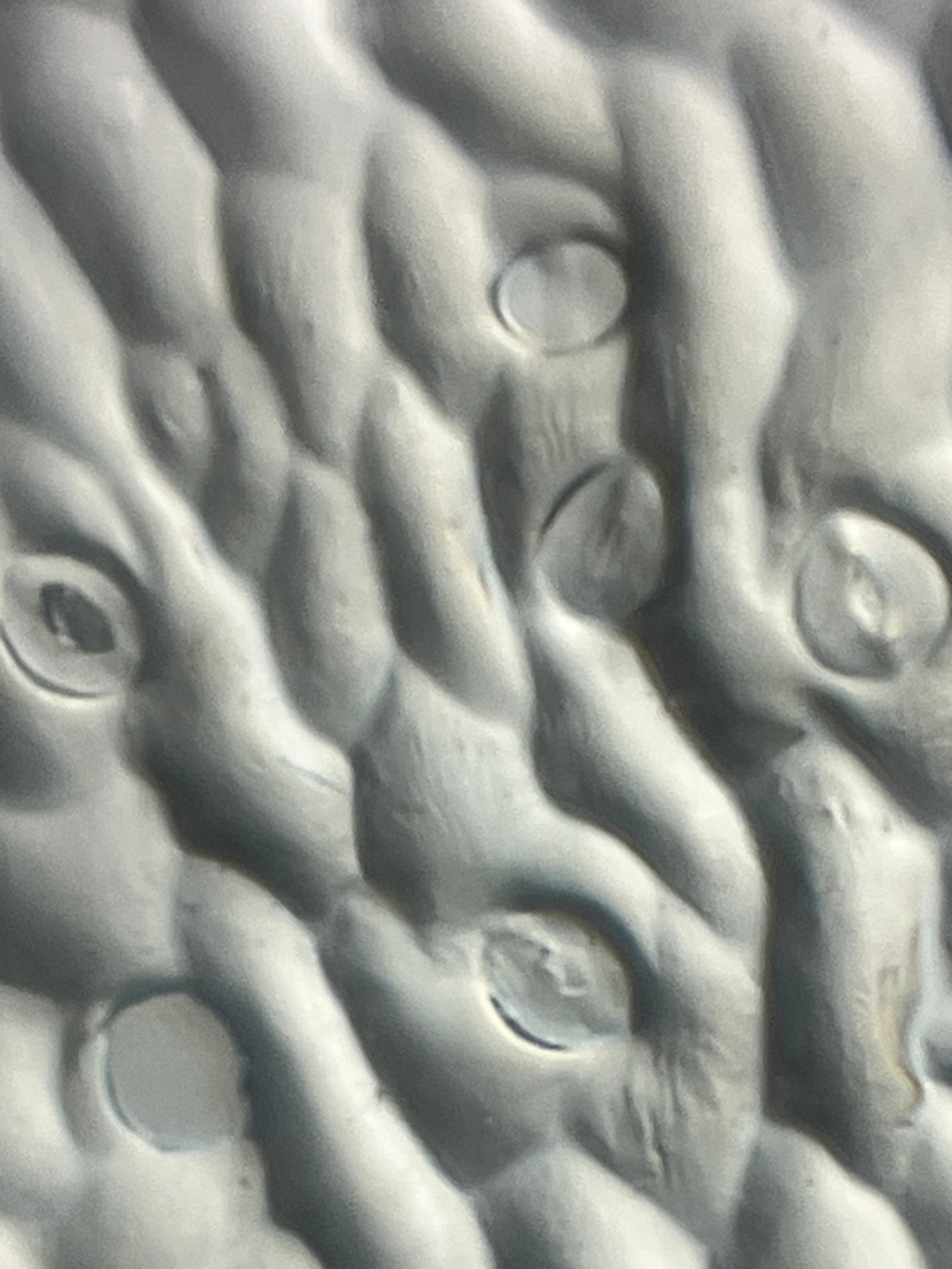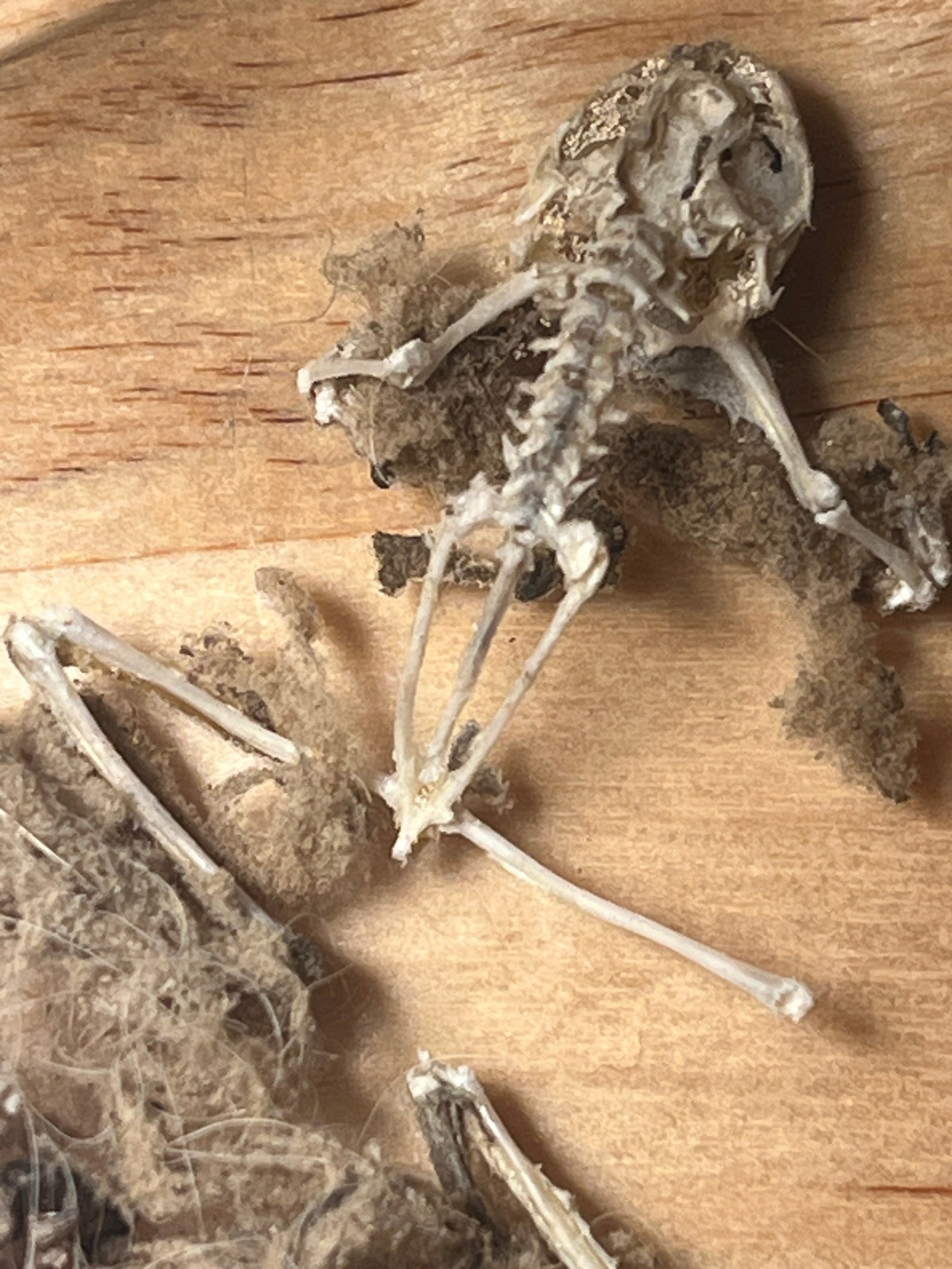Question:
What is in the soil?
What do you see when you look at soil? Does it look the same as you are digging or does it change the deeper you go? Let’s take a closer look at what is in the soil.

Background:
Soil is made up of a mixture of rock (that has been weathered down into small pieces), minerals, and organic material. Note that the soil where you live might look very different from the soil in my backyard. This is because the types of rock, minerals, organic material, water, and air that make up soil are distributed unevenly around the world. Regardless of the type of soil in any given space, there is a general profile or pattern of layers that exist in all soils. In general there are six layers of soil with organic at the top and bedrock at the bottom.
- Organic - leaf litter and humus
- Topsoil - humus and minerals
- Eluviation - sand and silt
- Subsoil - clay and minerals
- Regolith - broken bedrock
- Bedrock - unweathered rock

All of the food that we eat depends on healthy soil, so it is important for us to learn about what is in our soil. Separating soil into its major components allows you to take a close look at the different materials found in soil. This separation and close observation will give you a better understanding of the properties of the materials in each layer.
Directions/Procedure:
This activity requires an understanding of density. The heavier, larger, more dense particles will quickly fall out of the muddy slurry. The lighter, smaller, less dense particles will float or stay suspended in the water for a longer period of time. The difference in time for each type of particle to settle to the bottom will result in layers of soil particles that are easy to differentiate in the jar.
Materials:
- Soil
- Science notebook
- Pen
- Trowel
- Sample collection jars with lids
- Water
- Petri Dishes
- Disposable Pipettes
- Metal Scoops or Craft Sticks
- Microscope (or a Foldscope)

Procedure:
- Use the trowel to dig up some soil. Put the soil in the sample collection jar.
- Add water to the soil in the jar and then close the lid.
- Shake the jar really well to mix the soil and the water.
- Set the jar down and let the contents settle down. (Leave it for at least 30 minutes, but overnight works well too if you want to make this a two day activity)
- Draw a picture of the layers that formed in your jar. Be sure to label them, color them, and record the thickness of each layer.
- Scoop any plant material (leaves, stems, roots, sticks, etc.) that is floating on top of the water layer and place them on a petri dish.
- Use a disposable pipette to remove the water layer from the jar to put into a second petri dish.
- Use a metal scoop or craft stick to remove the top layer of solid material that formed in the jar. Place this on a third petri dish.
- Use the metal scoop or craft stick to remove the second layer of solid material from the jar and place it on a fourth petri dish.
- Continue on until you have separated all of the layers. (Make sure you have labeled all of your petri dishes!!)
- Starting with the top layer of plant material, place a small portion on a slide and study it under a Foldscope.
- Record your observations in your science notebook.
- Continue observing each layer under a Foldscope until you have investigated and recorded your observations for each one.
What were some of the things that you observed within each layer? How did the material change as you went further down the layers? How can you connect this information to the physical properties of each layer? What did you see that can help you understand the physical properties of humus, sand, silt, clay, and rock and how they are used by people?


Real World Soil Scientists:
Debjani Sihi is an assistant professor at Emory University in Georgia. Her focus is environmental biogeochemistry and she studies organic matter in soil. Sihi uses computer modeling to predict what will happen to the soil as a result of climate change. How could what you learn in this activity help soil scientists like Sihi further her research?
Dr. Karen Vaughan, a pedologist (someone who studies soil) at the University of Wyoming, uses her knowledge of soil to combine the science and art worlds. She makes paint out of soil that she collects and studies, then local artists from those areas use the paints to create art that tells the story of the region. Look at your soil layers - what story could you tell with those colors?
Extension:
This blog ties together the three dimensional framework of the NGSS. It covers the Disciplinary Core Idea of Physical Science. Students will see the Crosscutting Concept of Structure and Function. This activity is also a way for students to deepen their understanding of the Science and Engineering Practice of Planning and Carrying Out Investigations.

However, this exploratory activity can go beyond the science classroom. Join forces with:
- a Social Studies teacher to discover the cultural and historical significance of the soil in a particular region (clay for pottery, volcanic soil for agriculture, etc.),
- a Math teacher to create an accurate scale model of the different sized particles in the soil,
- an ELA teacher to write poetry that incorporates descriptive words for the soil and ties them to the local culture,
- an Art teacher to paint or sculpt a work of art with the soil that captures the cultural significance of the soil.

Connect:
Make sure to share your observations, hypothesis, results, and interdisciplinary extension activities. Submitting your Foldscope images of the soil around your school to the Microcosmos will help build up a strong scientific database that can help support new and innovative scientific research!
Sources:
https://www.enchantedlearning.com/geology/soil/



